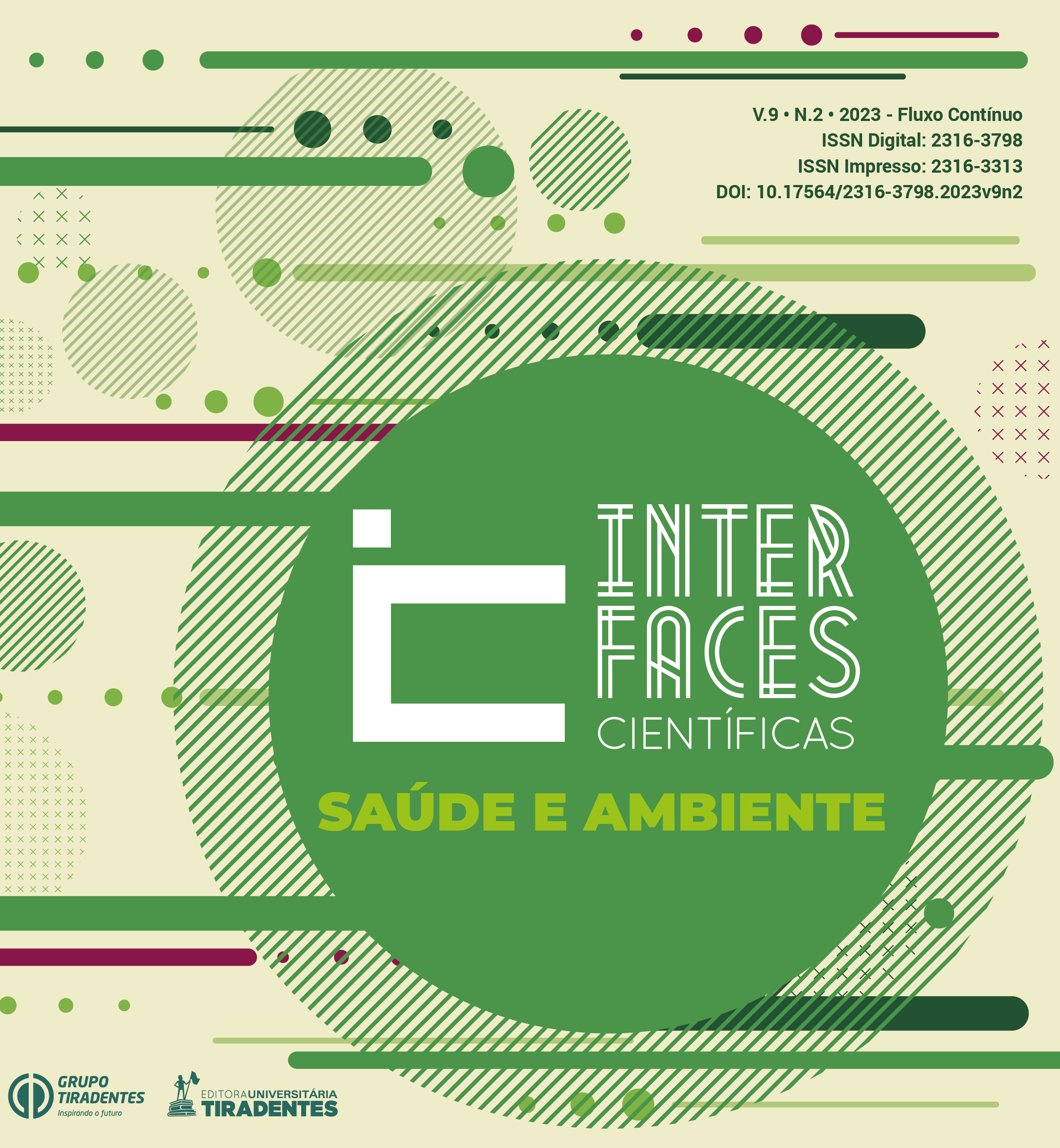Ultrasound-assisted extraction of phenolic compounds from jambolan (Syzygium cumini) and jabuticaba (Myrciaria jabuticaba) pulps
DOI:
https://doi.org/10.17564/2316-3798.2023v9n2p617-634Published
Downloads
Downloads
Issue
Section
License
Copyright (c) 2023 Interfaces Científicas - Saúde e Ambiente

This work is licensed under a Creative Commons Attribution-NonCommercial 4.0 International License.
Autores que publicam nesta revista concordam com os seguintes termos:
a. Autores mantêm os direitos autorais e concedem à revista o direito de primeira publicação, com o trabalho simultaneamente licenciado sob a Licença Creative Commons Attribution que permite o compartilhamento do trabalho com reconhecimento da autoria e publicação inicial nesta revista.
b. Autores têm permissão e são estimulados a distribuir seu trabalho on-line (ex.: em repositórios institucionais ou na sua página pessoal), já que isso pode gerar aumento o impacto e a citação do trabalho publicado (Veja O Efeito do Acesso Livre).
Abstract
Several variables influence the extraction of phenolic compounds, encompassing factors such as the choice of solvent, agitation, extraction duration, solute-solvent ratio, temperature, and mass transfer efficiency. Technological tools, including ultrasound, microwave, and centrifuge, offer avenues for enhancing efficiency, economizing time and resources, and augmenting yield. This study seeks to establish a standardized approach for extracting phenolic compounds from jambolan and jabuticaba pulps. The extraction protocol entailed the introduction of the designated solvent to the sample, followed by exposure to ultrasonic treatment across varying durations. Our findings indicate that a mere two extraction cycles might suffice to comprehensively elicit the extraction of polyphenols from both jambolan and jabuticaba. Furthermore, the temporal parameter displayed limited influence on outcomes. When focusing on jambolan, the zenith phenolic content was achieved through a dual-extraction procedure employing methanol as the solvent, executed sequentially over a 120-minute interval. This yielded a content of 1866.67 ± 15.7 mg GAE/100 g. Equally notable, the application of acetone in two consecutive extractions, each within a 60-minute span, yielded a comparable outcome of 1846.04 ± 11.02 mg GAE/100 g. In contrast, for jabuticaba, the most substantial phenolic content emerged through a triple-extraction regimen utilizing acetone as the solvent. This process, conducted successively over a 120-minute duration, culminated in a content of 2259.31 ± 0.89 mg GAE/100 g.




















